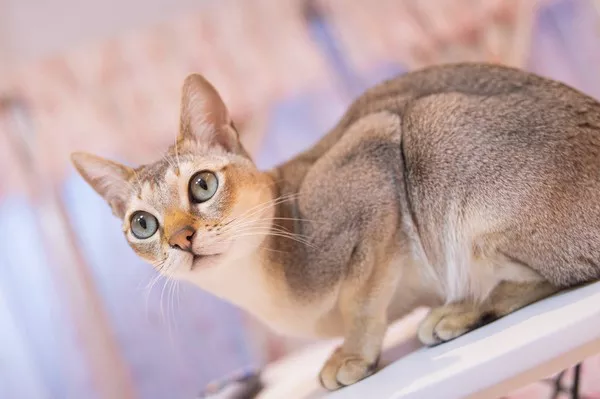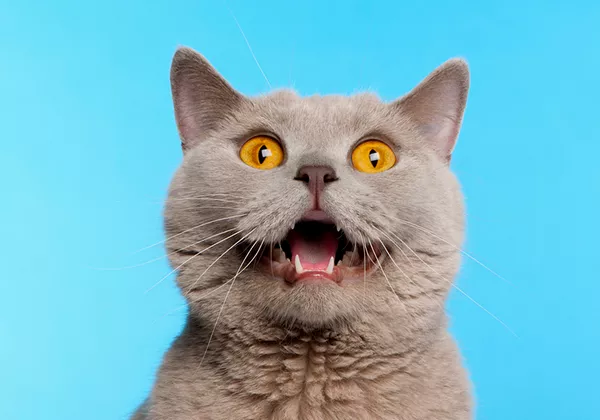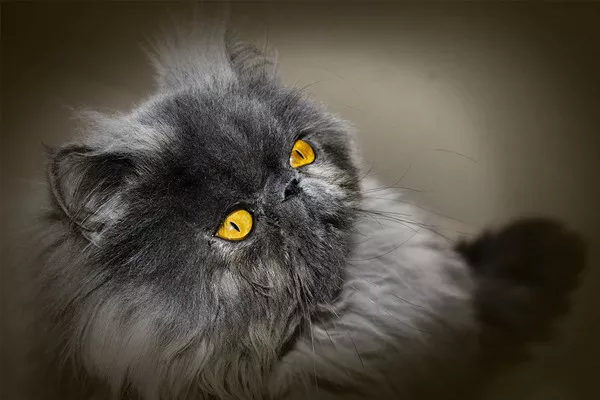Feeding your cat based on its weight is essential for maintaining its health, ensuring proper growth, and preventing obesity or malnutrition. Just like humans, cats need a balanced diet tailored to their unique needs, which are influenced by factors such as their weight, age, activity level, and health status. This article provides a comprehensive overview of how much to feed a cat by weight, the key factors involved, and the best practices for feeding to ensure your feline friend stays happy, healthy, and well-nourished.
Why Feeding Based on Weight Is Important
Proper nutrition is one of the most important aspects of caring for your cat. Like all animals, cats have specific nutritional requirements that are influenced by their size, activity level, and overall health. When it comes to feeding cats, there is no one-size-fits-all solution. The right amount of food depends largely on the cat’s weight, as well as other factors such as age, breed, and health condition.
Feeding your cat based on its weight is critical for maintaining optimal health. Cats are obligate carnivores, which means they need a diet that is rich in animal-based proteins. However, even the healthiest food is not beneficial if not fed in the right amounts. Here’s why weight-based feeding is essential:
Preventing Obesity: Obesity is one of the most common health issues in cats, often caused by overfeeding. Cats that are overweight or obese are at risk for serious health issues such as diabetes, arthritis, and heart disease. By adjusting the feeding amount to your cat’s weight, you can avoid overfeeding and help keep your cat at a healthy weight.
Preventing Malnutrition: On the flip side, underfeeding can lead to malnutrition, which can result in weakened immunity, poor coat condition, and stunted growth in kittens. Malnutrition can also lead to organ damage over time.
Managing Weight Loss or Gain: If your cat needs to lose weight, feeding the correct amount based on its current weight will help it shed pounds gradually and safely. Similarly, if your cat is underweight, adjusting its diet to increase caloric intake can promote healthy weight gain.
Tailoring to Activity Level: Cats with higher activity levels (such as outdoor or active indoor cats) may need more calories than sedentary cats. By considering your cat’s weight in relation to its activity level, you can ensure it’s getting the proper amount of food to support its energy needs.
Promoting Overall Well-being: Proper nutrition is directly linked to your cat’s overall well-being. The right balance of protein, fats, carbohydrates, and essential vitamins and minerals will support your cat’s immune system, coat health, and energy levels.
General Feeding Guidelines
1. Average Caloric Needs
The first step in determining how much to feed a cat based on its weight is to understand its caloric needs. The average adult cat requires about 20 to 30 calories per pound of body weight per day, depending on factors such as activity level, age, and metabolism.
For example:
- A 10-pound cat typically needs between 200 and 300 calories per day.
- A 15-pound cat may need between 300 and 450 calories per day.
It’s important to note that indoor cats, which generally have lower energy needs, may require fewer calories than outdoor or more active cats. Kittens, pregnant or nursing cats, and senior cats may also have different caloric needs, which will be addressed later in the article.
2. Portion Sizes
Portion sizes vary based on the type of food you’re feeding your cat, whether wet or dry. Here’s a basic guideline for portion sizes based on the weight of the cat:
Dry Food: Generally, dry food has more calories per ounce than wet food. On average, dry cat food contains about 350-500 calories per cup. For a 10-pound cat, you might offer about 1/2 to 3/4 cup of dry food per day, depending on the calorie density of the food.
Wet Food: Wet food typically contains fewer calories per ounce than dry food, averaging 60-150 calories per 5.5-ounce can. A 10-pound cat might require about 2-3 cans of wet food per day, depending on the calorie content.
It’s important to measure portions carefully to avoid overfeeding or underfeeding.
Specific Feeding Recommendations
Weight Ranges and Feeding Amounts
Here are feeding recommendations based on different weight ranges for adult cats:
5-10 lbs (Small Cats):
Caloric needs: 100 to 200 calories per day.
Portion sizes: Approximately 1/4 to 1/2 cup of dry food, or 1 to 2 cans of wet food.
10-15 lbs (Average-sized Cats):
Caloric needs: 200 to 300 calories per day.
Portion sizes: About 1/2 to 3/4 cup of dry food, or 2 to 3 cans of wet food.
15-20 lbs (Larger Cats):
Caloric needs: 300 to 450 calories per day.
Portion sizes: Approximately 3/4 to 1 cup of dry food, or 3 to 4 cans of wet food.
Adjustments Based on Activity Level
A cat’s activity level plays a significant role in determining its caloric needs. Here’s how to adjust the feeding amount based on activity:
Indoor Cats: Typically less active, so they require fewer calories. An indoor cat may need about 20 calories per pound of body weight.
Outdoor Cats: More active cats who engage in physical activity will require more calories. An active cat may need up to 30 calories per pound.
Sedentary Cats: Cats that spend most of their time resting or sleeping may need fewer calories, closer to the lower end of the calorie range.
Understanding Cat Food Labels
One of the best tools for feeding your cat appropriately is understanding the cat food label. Here’s how to make sense of the nutritional information on your cat’s food:
Caloric Density
Look at the label to determine the caloric density, which tells you how many calories are in a serving of food. For example, wet food typically contains around 70-150 calories per can, while dry food can have 350-500 calories per cup. The more calories in the food, the smaller the portion size you’ll need to feed.
Feeding Instructions
Most commercial cat foods provide feeding instructions on the label based on the cat’s weight. These instructions can help guide your feeding decisions, but remember that you should also consider your cat’s age, activity level, and health condition. Always start with the recommended feeding amount and adjust as needed based on your cat’s response.
Health Considerations
Obesity Prevention
Obesity is a significant concern for cats, and it’s essential to monitor their weight regularly. Overfeeding is the primary cause of obesity, but other factors, such as sedentary behavior and certain health conditions, can also contribute. Ensure that your cat is eating the right portion sizes and adjust its diet as needed to maintain a healthy weight.
Regular Monitoring
Weigh your cat regularly to track any changes in its weight. You should also monitor its body condition by checking its waistline and ribs. If you notice significant weight gain or loss, it may be time to adjust the food portions.
Veterinary Advice
Every cat is unique, so it’s a good idea to consult your veterinarian for personalized feeding recommendations. If your cat has specific health concerns (e.g., kidney disease, diabetes, or allergies), your vet can provide tailored advice to ensure your cat receives the right nutrients for its condition.
Common Feeding Mistakes
While feeding your cat by weight is important, there are several common mistakes that cat owners often make:
Overfeeding: Many pet owners unintentionally overfeed their cats, believing they’re showing love or generosity. Overfeeding leads to obesity and related health problems. Always follow the portion size recommendations on the food label, and adjust based on your cat’s activity level.
Underfeeding: Some cat owners mistakenly believe that feeding their cats less will help prevent weight gain. However, underfeeding can lead to malnutrition, which can have serious consequences on a cat’s health. Ensure your cat receives enough food to meet its daily caloric needs.
Not Adjusting for Activity Level: Cats that are very active may need more calories than those that are sedentary. If your cat is more active, consider increasing its daily caloric intake accordingly.
Conclusion
Feeding your cat the right amount based on its weight is essential for maintaining its overall health and well-being. By understanding your cat’s caloric needs and adjusting portion sizes accordingly, you can help prevent obesity, malnutrition, and related health issues. Regular monitoring of your cat’s weight and body condition will ensure that it receives the correct amount of food, tailored to its specific needs. Don’t forget to consult with your veterinarian for personalized feeding advice, especially if your cat has any health concerns.
By following these feeding guidelines and making adjustments as needed, you’ll be providing your cat with the optimal nutrition it needs to live a long, happy, and healthy life.
Related Topics



























